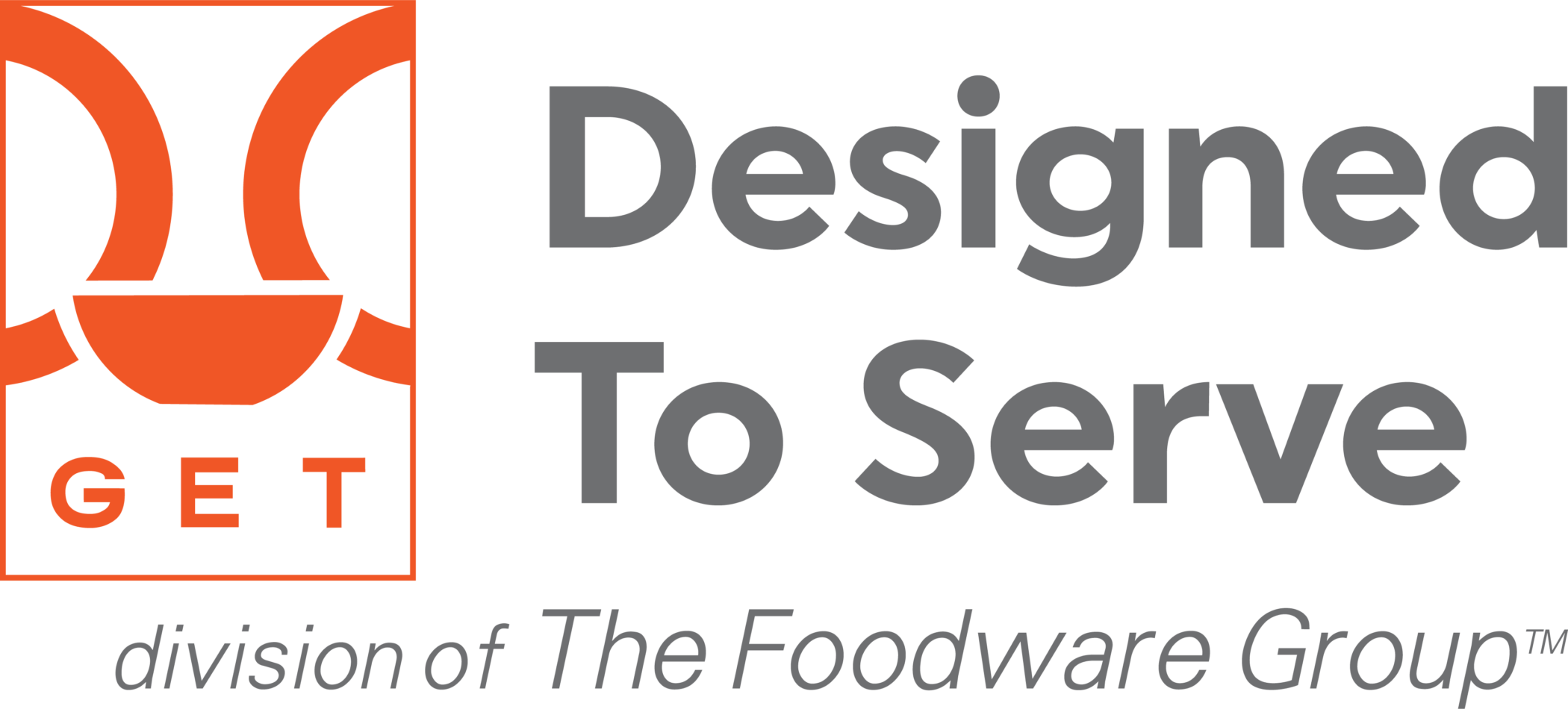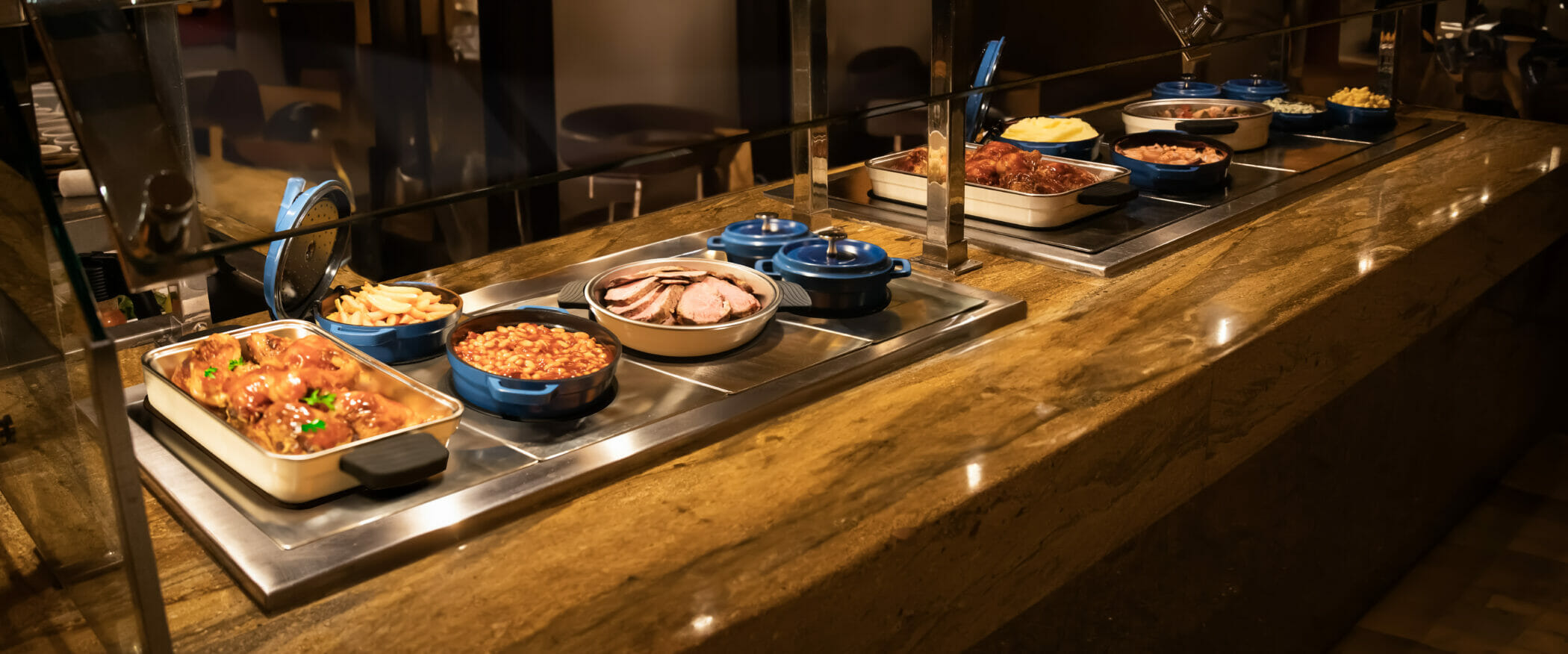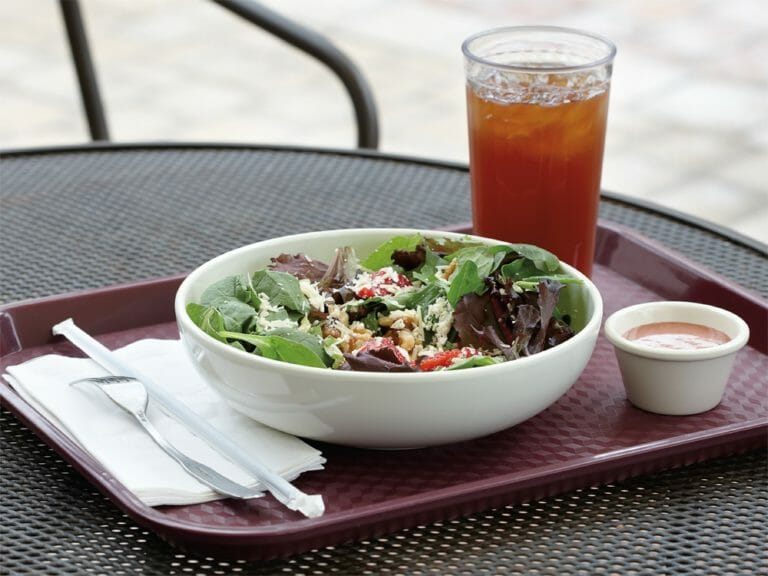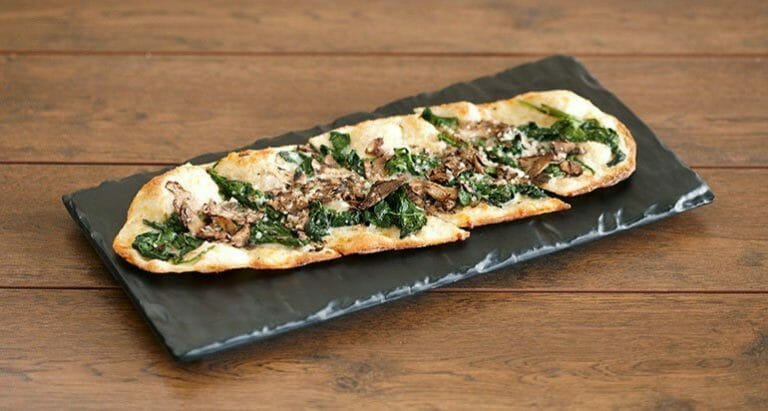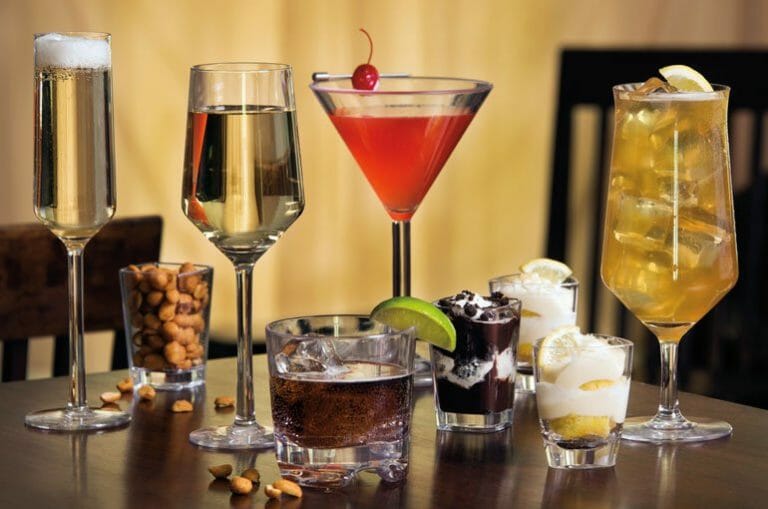Choosing Between Enameled Cast Iron and Cast Aluminum Induction Cookware for Your Commercial Kitchen
It’s the perfect day in your commercial kitchen: You’ve planned the recipes du jour, prepped the meats and veggies, and turned on your stovetop. It’s time to cook! But wait, where’s your cookware? Should you use enameled cast iron or induction-ready cast aluminum? Will your choice affect the outcome of your food? Presentation? Ticket times?
Something as seemingly insignificant as the metal composition of your cookware can impact several areas of your operation in tangible ways. We’re going to take a look at the differences between enameled cast iron and cast aluminum cookware, how it can affect foodservice operations, and which heat sources are best for these metals.
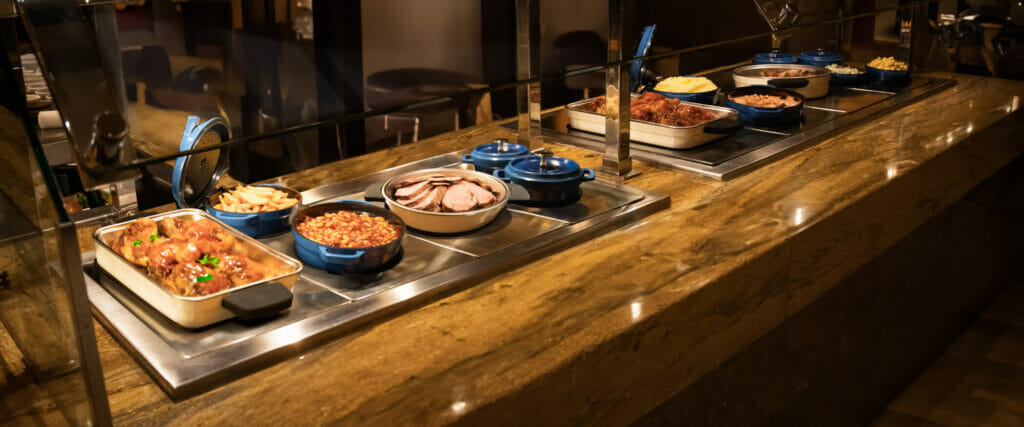
Understanding the “Cast” in Enameled Cast Iron and Cast Aluminum Induction Cookware:
To cast metal is to heat any major metal until it’s molten, pour it into a mold, and allow it to cool. When cooled, the mold is removed and what remains is a solid piece of cast metal.
Casting refers to one of many processes used to shape metals. It doesn’t affect the metal composition. Molds can be used to form metals into almost any imaginable shape, including pots, pans, and Dutch ovens. You can watch a video of this process using sand as the mold, which is one common method of casting. Die casting is another, more sophisticated process of casting metals.
The Growing Trend of Enameled Cast Iron Look in Cookware
Enameled cast iron has a long history of use and durability, often being passed down through generations. Recently, renowned brands like Le Creuset have contributed to the increased demand for coated enameled cast iron, which is now being used for table service in addition to cooking.
The enameled cast iron look offers versatility and elegance, aligning with popular décor themes in foodservice, ranging from urban industrial to vintage provincial. However, cast aluminum induction cookware is emerging as a popular alternative due to its similar functionality and appearance, lighter weight, and lower cost.
But these pieces, which are often produced in vibrant solid colors with white enameled or porcelain interiors, are undeniably gorgeous. So why hide them in the back-of-the-house?
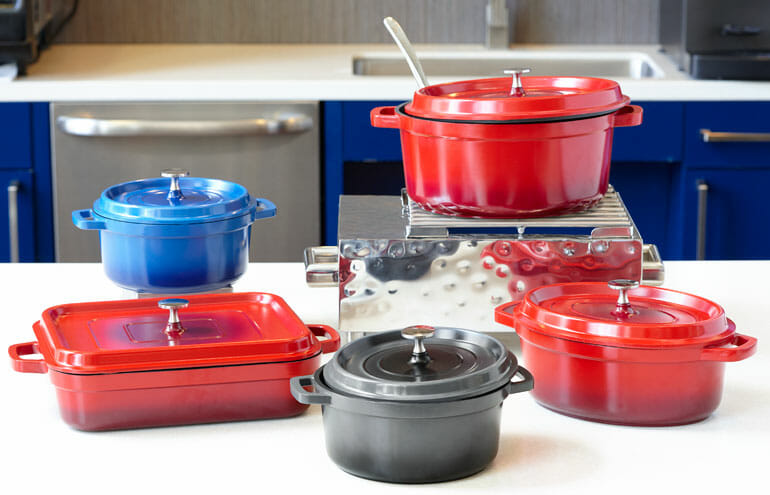
Characteristics of Enameled Cast Iron Cookware
Enameled cast iron cookware possesses several valuable qualities:
- Durability and ability to withstand high heat for prolonged periods
- Even heat distribution and temperature retention
- Heavy, providing stability during cooking processes
- Great for searing, baking, frying, blackening, and sautéing
- Commercial dishwasher-safe
- Possible issues include chipping of the enamel and discoloration of the white interior over time, which may require retiring the cookware
Characteristics of Cast Aluminum Induction Cookware
Cast aluminum cookware, including induction-ready options, provides the following characteristics:
- Lightweight and easy to handle
- Anticorrosive properties
- Rapid heating and cooling times
- Even heat distribution
- Reactive to acids and bases unless coated in enamel or non-stick surface
- Commercial dishwasher-safe
- May require more frequent replacement due to reactivity with acidic foods, but generally more cost-effective compared to enameled cast iron
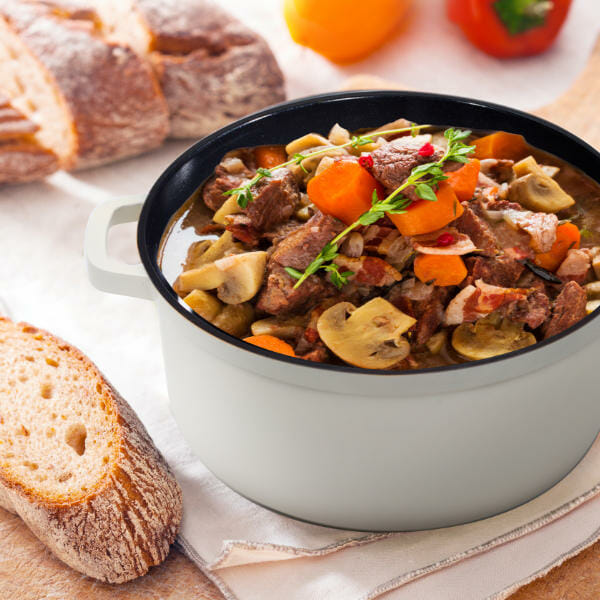
Choosing the Best Cookware for Your Needs
The choice between enameled cast iron and cast aluminum induction cookware depends on the specific requirements of your foodservice operation. Consider the following factors:
Enameled Cast Iron Cookware
- Ideal for menus that require high-heat searing, baking, frying, or long cook-times
- Takes longer to heat up and cool down, so preheating is necessary for fast-paced environments
- Offers excellent heat retention, reducing the need for frequent reheating
- Suitable for induction ranges, open flame, and ovens
Cast Aluminum Induction Cookware
- Recommended for operations that require frequent equipment mobility, such as action stations or catering events
- Rapid heating and cooling times enable quick turnaround and easy cleanup
- Lightweight nature facilitates convenient transportation and is not as demanding for the staff
- Works well on induction ranges, open flame, and ovens
By understanding how your choice of cookware impacts your food, cooking methods, and ticket times, you can make an informed decision that brings peace of mind to your chefs and line cooks, ultimately benefiting your entire foodservice operation.
